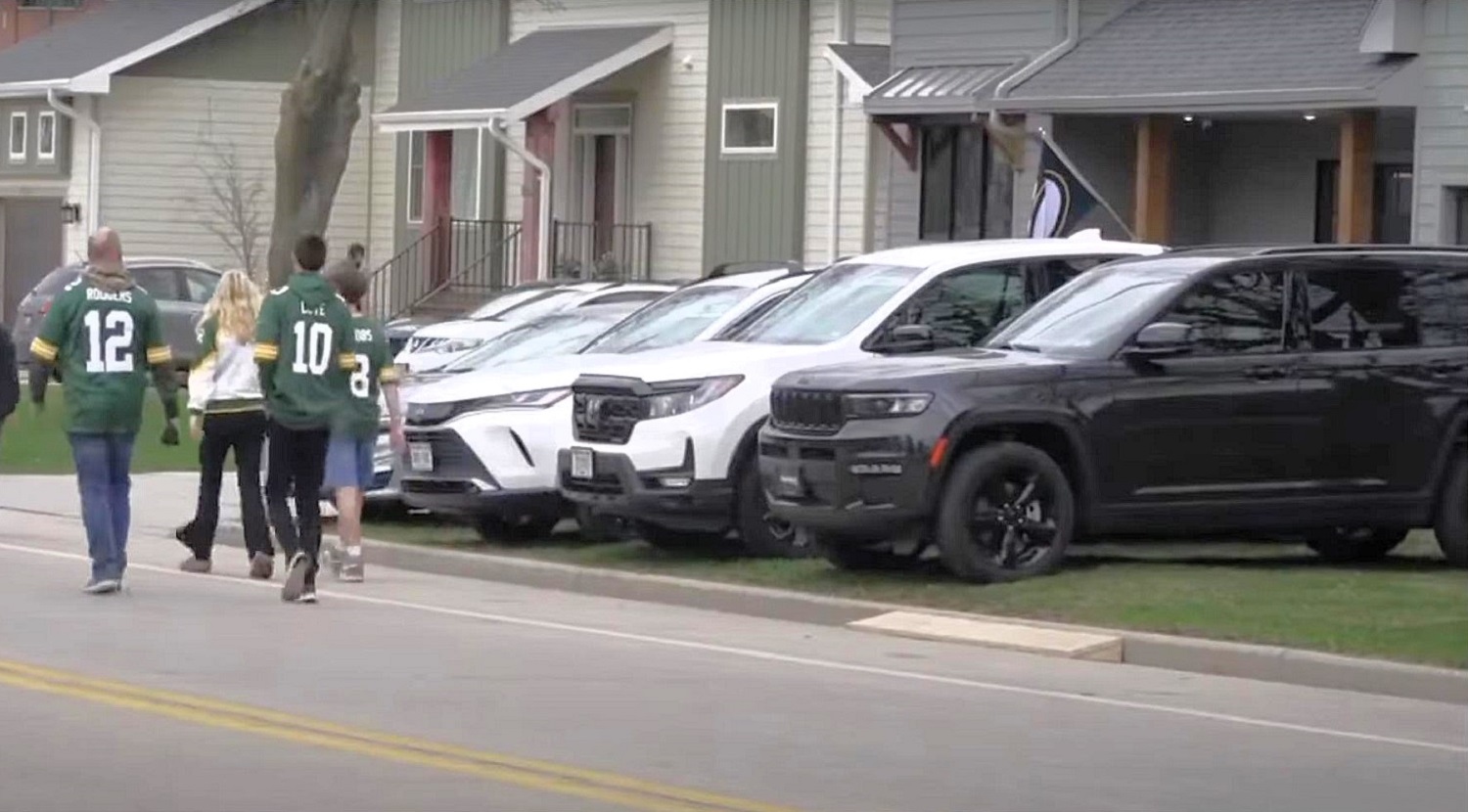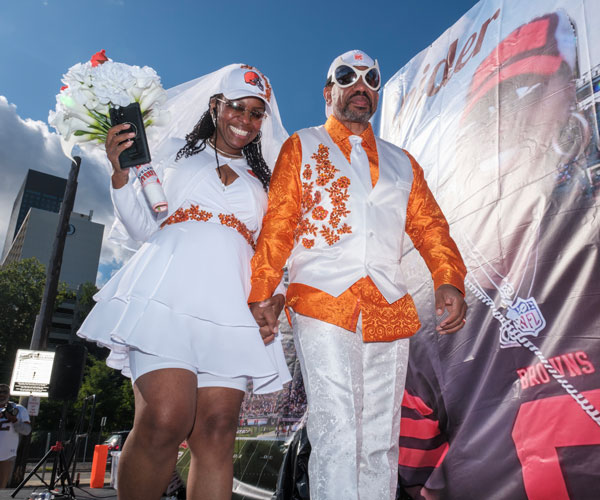U of Akron Levels Up Esports Program
by Patrick Williams | Oct. 26, 2018 | 12:00 PM

Emily Flory
Zenyatta, a robot monk seeking enlightenment, hovers through stairwells and corridors in the Temple of Anubis, casting orbs that obliterate his enemies.
At the controls, Emily Matusz guides the video game character through the vivid, comic book world of Overwatch. This “floaty guy,” as she refers to him, needs to heal a genius gorilla named Winston who has been tasked with “diving” into and disrupting enemy territory. I’m Winston, but Matusz is really leading me and our four other teammates. A 22-year-old senior sculpture major from Cuyahoga Falls, Matusz is the head coach of the University of Akron’s new Overwatch varsity esports team.
“The game can be easy to pick up,” she says. “But also hard to master in some ways.”
She became infatuated with video games playing Spyro the Dragon, a first-generation PlayStation adventure game. Then came Halo, Dota 2 and other combat games, which she played competitively in high school. Overwatch combines some of the best elements of all those, says Matusz, who spent about 16 hours a week playing the game during the summer.
She likes the team-based shooter with its cast of scientists, soldiers and oddities for another reason. “Being a sculptor and an artist, the art style really attracted me to the game,” she says.
This year, Akron plans to field varsity esports teams in Overwatch, League of Legends, Counter-Strike: Global Offensive, Rocket League and Hearthstone. The university also offers club and recreational competitions where students can develop their gaming abilities. Varsity esports players can earn scholarships just like athletes in football or soccer.
In addition, Akron is investing about $750,000 to build three esports venues on campus, including InfoCision Stadium-Summa Field, where games can be broadcast. The university’s 5,200 square feet of gaming space is the one of largest dedicated to esports at a single university in the world. Gaming market researcher Newzoo predicts the industry could be worth $1.5 billion by 2020.
While the university has powered up its gaming offerings, it plans to phase out 20 percent of its degree tracks, including 20 bachelor’s degree programs. Still Akron’s interim president John C. Green sees a relationship between esports and growing academic programs such as computer science and engineering.
“We think that by providing them avenues to tie in their academic research to something that they care about, such as gaming and esports, they’re going to retain information better, they’re going to do better research and ultimately it will make them better students and better citizens,” says Michael Fay Jr., director of esports.
In fact, more than 750 students applied for the five varsity squads, including 70 for Overwatch. Matusz picked a crew of 12 — split between gold and blue teams — from the 24 gamers invited to tryouts.
Back at the gaming practice space, I’m still learning to navigate with my keyboard’s W, A, S and D keys, awkwardly stretching my fingers as my character jerkily moves around corners. By the computer tower, Matusz moves as if playing the bass notes on a piano.
She shows me how my character — this time the armored, hammer-wielding Reinhardt — can use his Barrier Shield to protect our teammates. Eventually, my Earthshatter Ultimate ability fully charges, and Matusz explains how it works.
When the time is right, I hit the key and an enemy topples over. “Yes! There you go,” she says. “You killed someone. Nice!”
Trending
-
1
-
2
-
3
-
4
-
5










